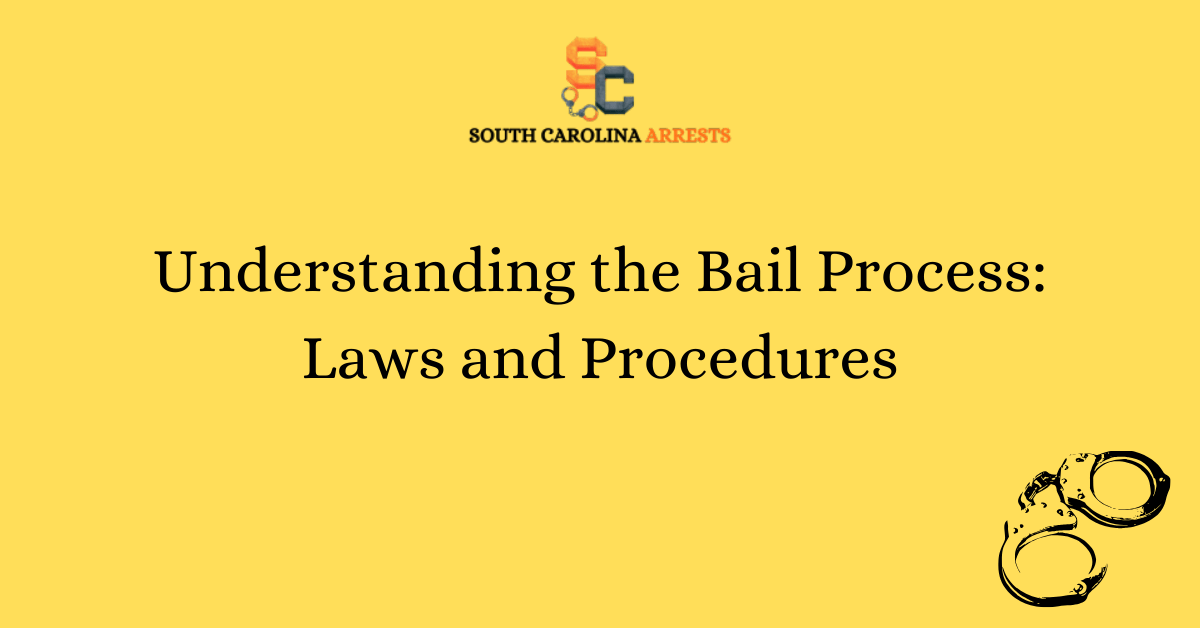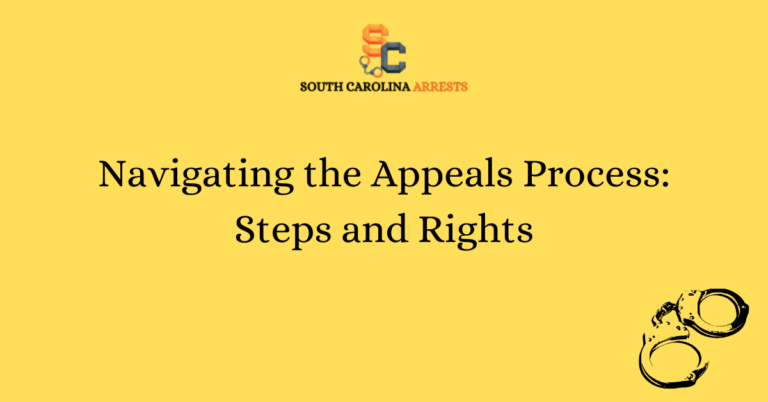Understanding the Bail Process: Laws and Procedures
Exploring the legal intricacies of bail procedures unveils a complex yet crucial aspect of the justice system. Understanding the laws surrounding bail is essential for individuals involved in legal matters, providing insight into the processes that dictate temporary release before trial.
Delving into the bail process sheds light on the various factors considered by courts when determining bail amounts and conditions. Navigating through the legal framework governing bail offers a glimpse into the mechanisms designed to ensure fair treatment and uphold the principles of justice.
Factors Considered in Determining Bail Amounts
When a defendant is arrested and brought before a judge for a bail hearing, several factors are taken into consideration to determine the bail amount. One of the primary factors is the financial situation of the defendant. The judge will assess the defendant’s ability to pay the bail amount set, taking into account their income, assets, and financial responsibilities. This ensures that the bail amount is fair and reasonable based on the defendant’s financial status.
Seriousness of the Crime Committed
Another crucial factor in determining bail amounts is the seriousness of the crime committed by the defendant. More serious offenses, such as violent crimes or felonies, usually result in higher bail amounts. The judge will consider the potential danger posed by the defendant to the community and the likelihood of the defendant fleeing before trial when setting the bail amount.
Prior Criminal Record of the Defendant
The defendant’s prior criminal record also plays a significant role in determining the bail amount. If the defendant has a history of criminal offenses or has failed to appear in court in the past, the judge may set a higher bail amount to ensure the defendant’s compliance with the legal process. On the other hand, defendants with clean records may be granted lower bail amounts.
Conditions Set for Bail Release
Once the bail amount is set, the judge may impose certain conditions for the defendant’s release on bail. These conditions are designed to ensure the defendant’s compliance with legal procedures and to protect the community from potential harm.
Electronic Monitoring Requirements
In some cases, the judge may require the defendant to wear an electronic monitoring device while on bail. This device tracks the defendant’s movements and ensures that they comply with any restrictions set by the court, such as curfews or stay-away orders.
Restrictions on Travel and Communication
As part of the bail conditions, the defendant may be prohibited from traveling outside a certain area or from contacting certain individuals, such as victims or witnesses. These restrictions help to prevent further criminal activity and ensure the safety of those involved in the case.
Attendance at Court Hearings Mandate
One of the most important conditions of bail release is the defendant’s mandatory attendance at all court hearings. Failure to appear in court can result in the revocation of bail and additional legal consequences. It is essential for the defendant to follow all court instructions and appear at the scheduled hearings to avoid further complications in their case.
Frequently Asked Questions
Our Frequently Asked Questions section aims to provide detailed answers to common queries regarding the bail process. We understand that navigating through legal procedures can be overwhelming, so we have compiled comprehensive information to assist you.
What is the bail process?
The bail process allows a defendant to be released from custody in exchange for a set amount of money. This serves as a guarantee that the defendant will attend court hearings as required.
How is the bail amount determined?
The judge considers various factors when determining the bail amount, including the severity of the crime, the defendant’s criminal history, and the likelihood of the defendant appearing in court.
Can the bail amount be negotiated?
In some cases, the bail amount can be negotiated with the help of a defense attorney. Factors such as ties to the community and employment status can be presented to the judge for consideration.
What happens if the defendant fails to appear in court?
If the defendant fails to appear in court as required, the bail is forfeited, and a warrant may be issued for their arrest. It is crucial for defendants to fulfill their court obligations to avoid further legal consequences.
Can bail be refunded after the case is resolved?
Once the case is resolved, whether through acquittal or conviction, the bail amount is typically refunded to the individual who posted it. However, administrative fees may be deducted from the refund.
Are there alternative options to posting bail?
Some jurisdictions offer alternative options to posting bail, such as release on recognizance or electronic monitoring. These options allow defendants to be released from custody without having to pay a bail amount.







